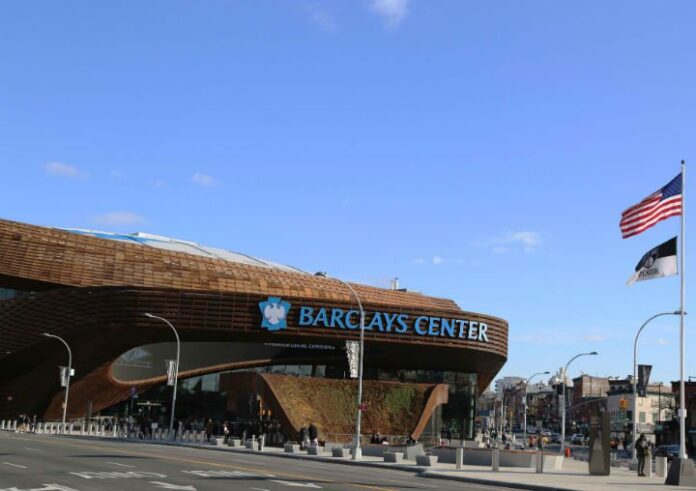Neutral host provider ExteNet Systems is looking to incorporate CBRS technology into its distributed network approach. Integration of spectrum support for the 3.5 GHz Citizens Broadband Radio Service is, as currently envisioned, based on a three-tiered priority approach, which could potentially allow new entrants to leverage the advantageous spectrum for a range of private network implementations while simultaneously providing new avenues of service delivery for established service providers.
ExteNet in July asked the FCC for special temporary authority for the “ongoing integration testing of CBRS base station and user equipment testing to verify correct operation of networks based on equipment from multiple vendors,” according to the application, which is attributed to Randy Johnson, director of technology evolution, specifies equipment from vendors Nokia and Ruckus Wireless.
Here we discuss the outlook for CBRS with ExteNet Systems Director of Technology Randy Johnson.
Q: I’d like to learn a little more about the test configuration in terms of distances and indoor/outdoor variables in play.
A: ExteNet has conducted extensive testing within commercial office space environments. Typical construction materials in this environment include steel stud and drywall partition walls, cement block walls, reinforced concrete floors and modular office furniture. We have been particularly interested in calibrating our RF simulation models with real-world measurements. We use standard commercial walk-testing tools to gather RF measurements. We also record signal strength and device behavior with several varieties of CBRS-compatible User Equipment.
ExteNet has also conducted extensive outdoor testing where the focus has been mostly on measurements of Part 90 (3.65GHz) networks that will evolve to CBRS (Part 96). Of course, we adjust the measurements to reflect the differences between Part 90 and Part 96 regulations. These are typically NLOS scenarios with a variety of vegetation and terrain issues.
Q: What specifically are you testing beyond the radio link?
A: Our testing covers many aspects of end-to-end network operations, including Enhanced Packet Core (EPC) interoperability, timing, Self-Optimizing Network (SON) capabilities, handoff behavior, network management and long-term stability.
Q: Once you’ve completed your testing period, what’re next steps?
A: We expect our testing effort will continue well into the future as our supplier partners release their first-generation commercial CBRS products. We anticipate doing considerable testing of each early CBRS deployment. As with any new technology, as the industry gathers experience, the need for per-deployment testing will decline and most projects will be routine.
ExteNet has an extensive nationwide outdoor small cell and fiber footprint. We are doing preparatory work to enable fast deployment of CBRS utilizing our existing footprint.
ExteNet serves a considerable number of Wireless Internet Service providers (WISPs). Many of our WISP customers are excited about the opportunities that the migration to LTE and CBRS opens for them. We’re working closely with our WISP customers today, deploying our mNET Enhanced Packet Core as well as forward-looking RAN that prepares their networks for CBRS.
Q: Could you give me an overview of ExteNet’s activity in the governmental-level policy discussion around CBRS and spectrum access systems?
A: ExteNet is an early and active member of both the MulteFire Alliance and the CBRS Alliance, as well as a member of WISPA. To date we have chosen not to comment directly on these policy issues.
Q: How does ExteNet see CBRS technologies being integrated into its portfolio, and what are your focus use cases and customers?
A: As a leading operator of neutral host indoor and outdoor networks, ExteNet sees opportunities for CBRS in nearly every aspect of our portfolio. As we previously mentioned, we see excellent near-term opportunities for our WISP customers to evolve from proprietary technology to standards-based CBRS for their FWA (fixed wireless access) business. We anticipate strong interest from the MNOs in deploying dedicated CBRS networks for their own use. This is likely to be quite similar to the existing neutral host small cell market, and ExteNet’s extensive fiber footprint positions us extremely well.
CBRS, of course, is a perfect fit for true neutral host indoor networks. ExteNet is a leading provider of neutral host indoor networks and we see CBRS as a perfect complement to the DAS technology that dominates the market today. The lower cost of a single-radio neutral host solution has the potential to significantly expand the market.
We also anticipate opportunities for private, municipal (Smart Cities), and merchant CBRS networks, and we believe that we’re well-positioned for these opportunities. Again, our strong fiber footprint and excellent municipal relations will be significant success factors, enabling us to deploy quickly and predictably.

